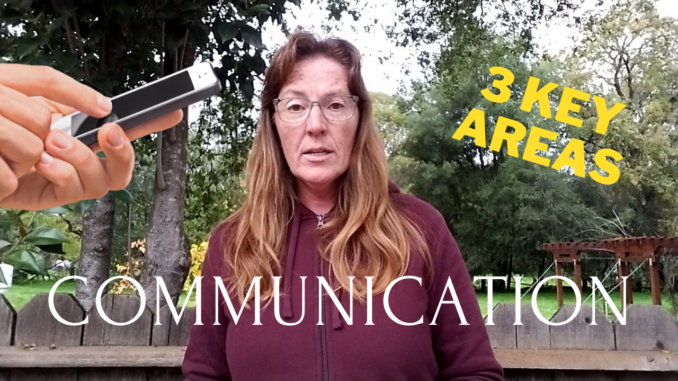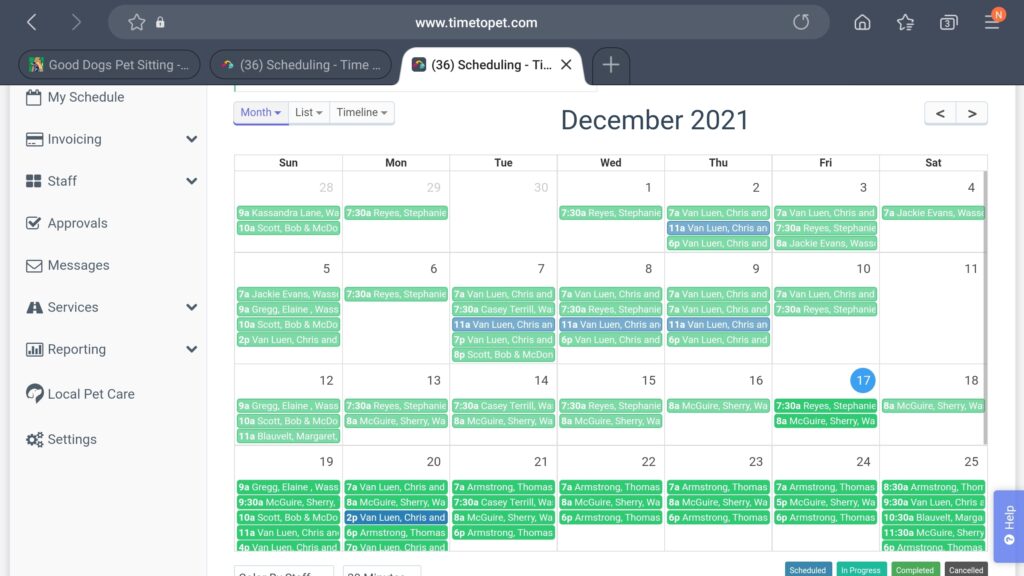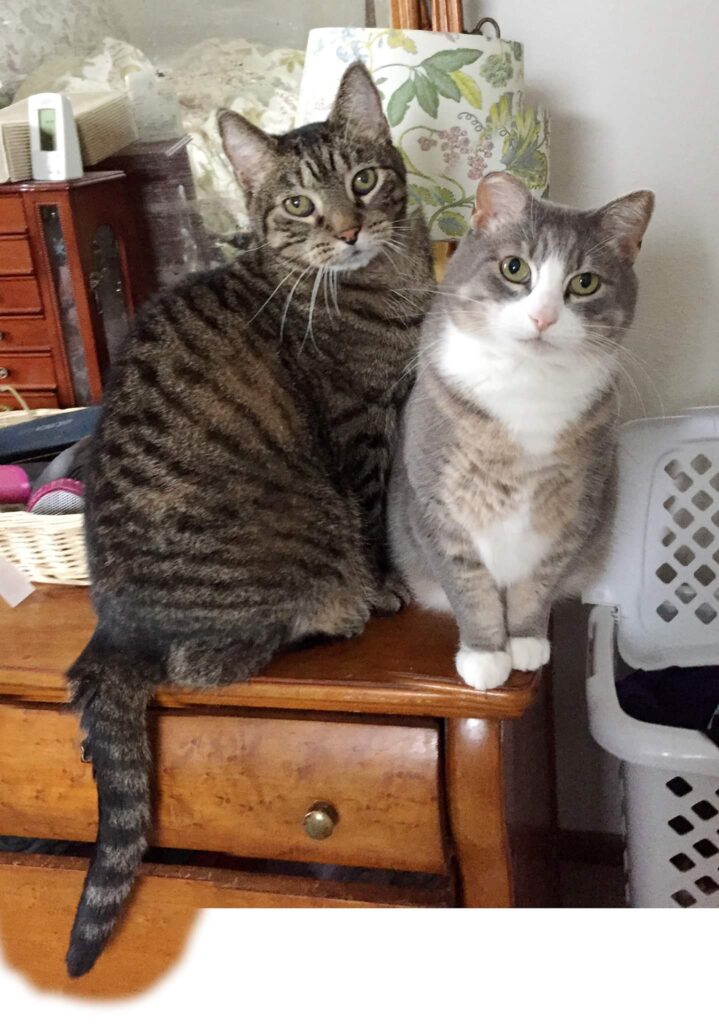
You can achieve greater success in your pet sitting business through good communication. Learn about the three key areas where a communication breakdown can cause problems, and how you can prevent them.
Communication, or lack of, is a common problem in every aspect of life: in personal relationships, family, marriages, and in business. Establishing and maintaining clear communication is key to success in all of those areas. Today we’re going to focus on the pet care business.
I’ve identified three key areas where communication is critical.
1) Scheduling.
One would think this is a no brainer, as a client contacts you with dates they need care and you put them in the schedule. However, in my 25+ years as a professional pet sitter I have seen this go wrong in so many ways! I’ve had a husband give me one set of dates, and the wife another! I’ve had clients think they scheduled when they didn’t, and thanks to my policy of touch base before you go, gotten a call from someone I had no idea was about to go out of town. Had they left without contacting me, it could have been a disaster with pets left unattended.
I’ve had clients ask for a start date like Friday May 7th, when Friday is actually the 6th. So … is it the 6th or the 7th? Many years ago, I had one client with a large parrot leave without checking in, and it wasn’t until I got a call from a contractor working in the home that I learned the bird had been unattended for four days! Fortunately he had full bowls of food and water, so he was okay. That one really shook me up.
As mentioned in my other videos, I recommend a scheduling app like Time to Pet to keep things in order. When all clients use the app, there is much less chance for confusion than if you are taking calls, texts, and emails to schedule care. The client can check their own entries for accuracy, and if something doesn’t look right to you you can always ask them to do so. With an app, the changes of a mistake or missed visit are greatly reduced.

2) Payment.
We love what we do, but let’s be real, we do it to make a living. Setting prices that meet your needs and policies for payment are important first steps as detailed in my last article and video, Setting boundaries in your pet care business. There can be a surprising amount of confusion around payment which will lead to you losing money.
I think the most common issue I experience is confusion around how the pricing works. It seems clear to me, but of course it does because I created it, so either my instructions are less than clear or clients are relating my pricing to some other system of payment with which they are more familar … or, they could simply be making up a system they’d prefer!
Pet care professionals, I am now offering personalized consulting and coaching for your business!
Email info@firststreetpets.com for info.
Sometimes clients think that one paid visit can be divided into two or more shorter visits, so instead of 30 minutes it’s 2×15 or 3×10 minutes. I think of other service providers like plumbers who have a minimum charge to come to your house, say $80, then an hourly charge for services provided. It’s no different for a pet sitter, so why should we accept less?
I’ve had clients want to over pay, for example thinking that the overnight fee has to be paid for each day and night — I charge per night — so they would be paying double. Sometimes they miscount and under or over pay for the scheduled visits. Lots that can go awry here.
My #1 solution is, again, using an app. These apps automatically generate an invoice, so as long as the scheduling is entered correctly, the amount due will be accurate. Clients can pay securely with a card, saving me a trip to the bank with cash or checks. If you’re not using an app, you will have to spend some time calculating what is owed for each job – don’t count on the client to do it.
3) Care instructions.
I could go on all day about mishaps and near disasters that were caused by miscommunications in care instructions. Having hired pet sitters myself, I can understand how easy it is to leave something out of the instructions. When you do your pet care routine every day, you don’t think about all the details, so it can be hard to write them all out step by step.
For healthy pets, unclear feeding instructions may be inconvenient, but not a disaster. If you have a cat or a dog, you probably know the usual amounts to feed daily and can figure it out if you can’t get a hold of the client to clarify. However, for an elderly or sick pet, it can be a different story.

I have many years of experience giving medications to my own pets and to clients’ pets. I got my original training at the humane society where I started volunteering, then working, as a teenager. I learned how to give oral meds, sub q fluids, topical meds, and other common treatments. Over the years I learned how to do things like give insulin shots, thyroid meds, and other more critical and less common treatments. Fortunately my familiarity with these procedures provides a failsafe in case of unclear or inaccurate instructions.
I recently had an experience where I was caring for a dog taking daily meds. When I arrived on the second day, I saw that there were no pills in the day of the week pill box for that day. They were there the day before, so I knew someone else had already given them. I texted the client who confirmed that that had happened. Because I had difficulty giving the meds the previous day, they had called a friend to come over and do it. They thought they told me, but they hadn’t. Imagine if they didn’t use the day of the week boxes and I gave the meds again?
One story I remember vividly was a client who wrote in her instructions that I was to give the cat three cc’s of insulin. Anyone familiar with insulin just cringed right now, because that would have swiftly killed the cat. Three units, the proper dose, is many times less than three cc’s.
Ask for clarification
Whether you use an app or written instructions, make sure both you and the client understand what is to be given. If you aren’t sure, call the client’s veterinarian.
The key to success in these areas is to communicate directly and to ask for clarification. If something doesnt seem right or make sense, ask the client. Be clear about what you can and can’t do. Get all instructions in writing, whether on paper or in an app.
Best wishes for the success of your business!




